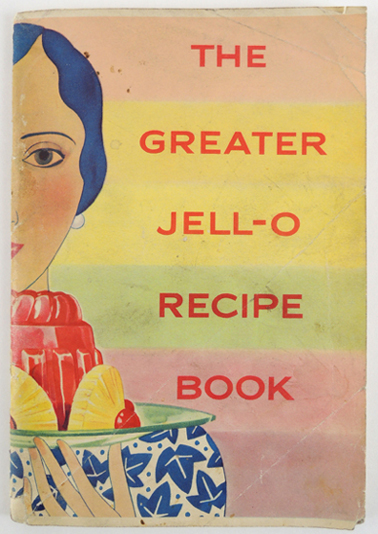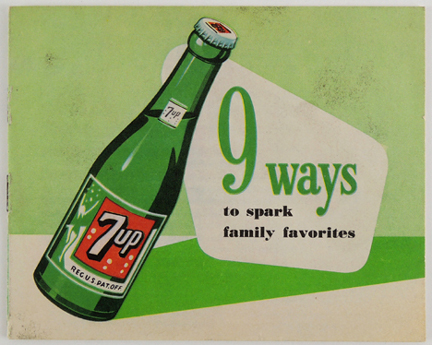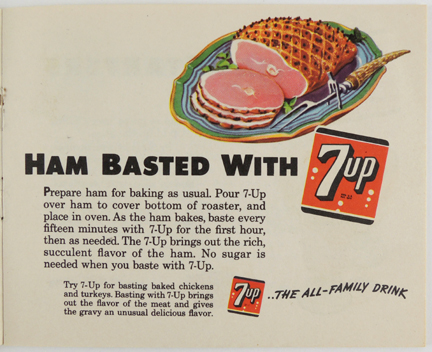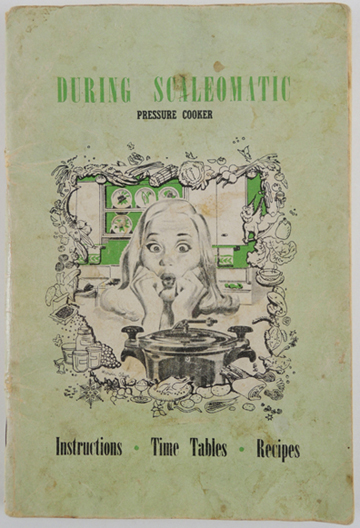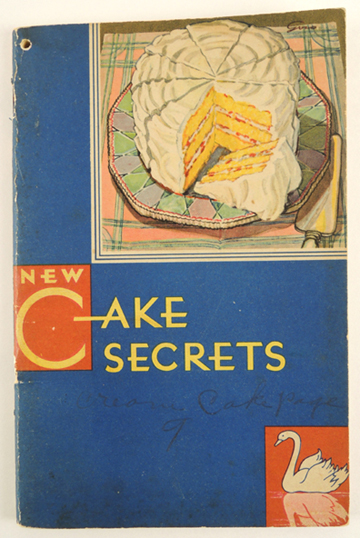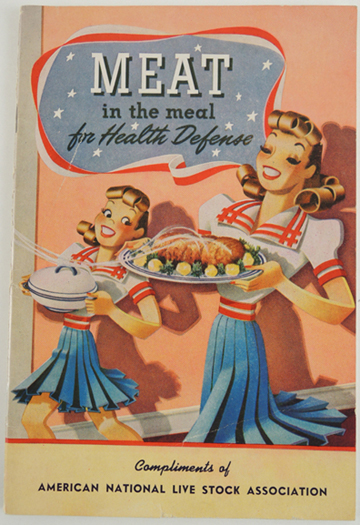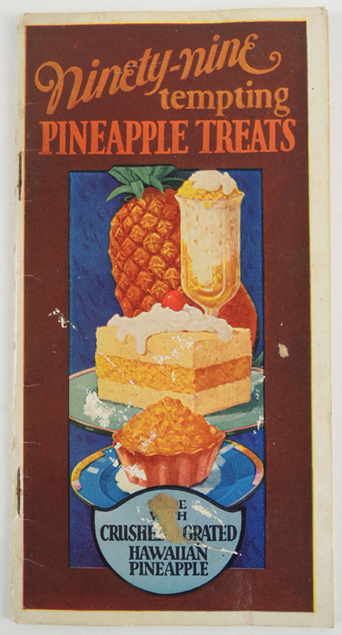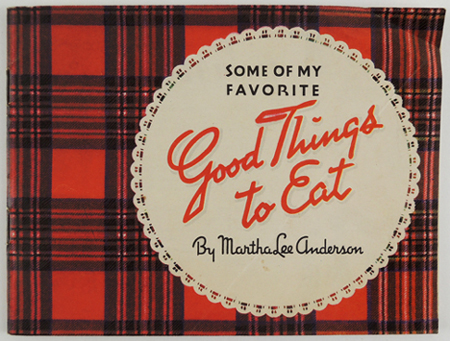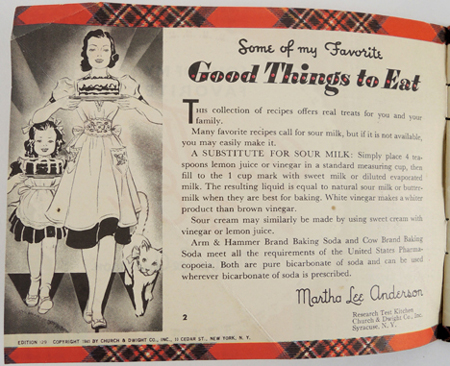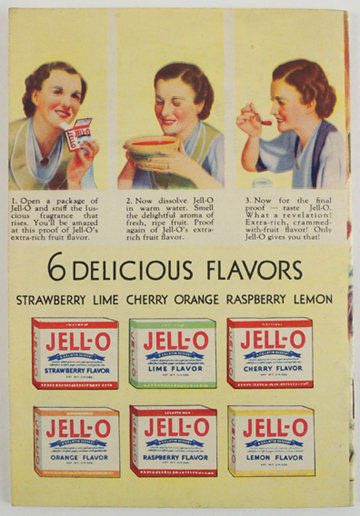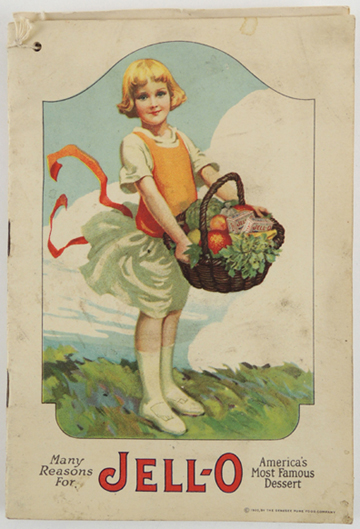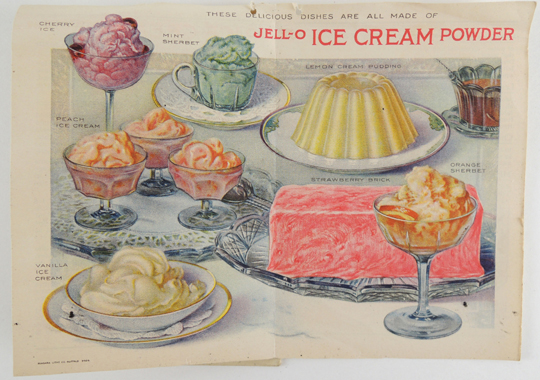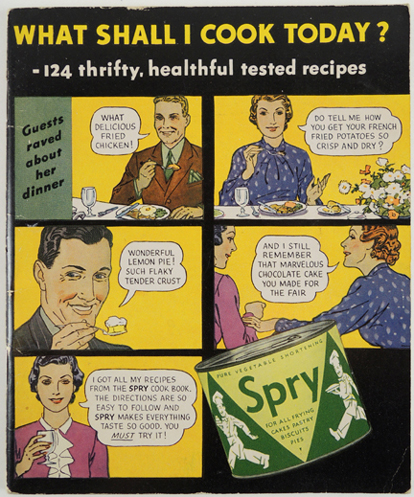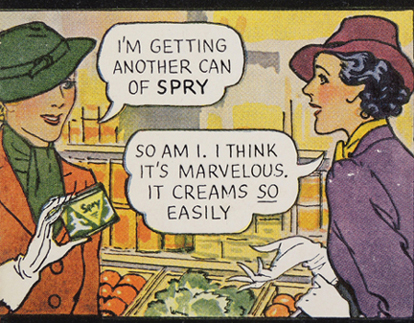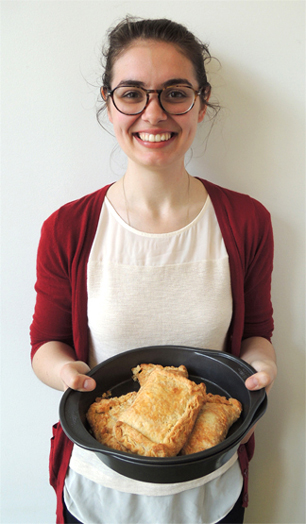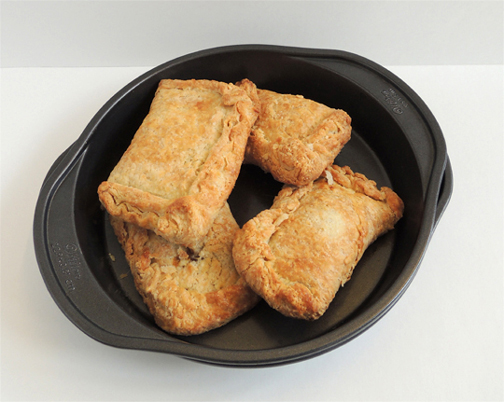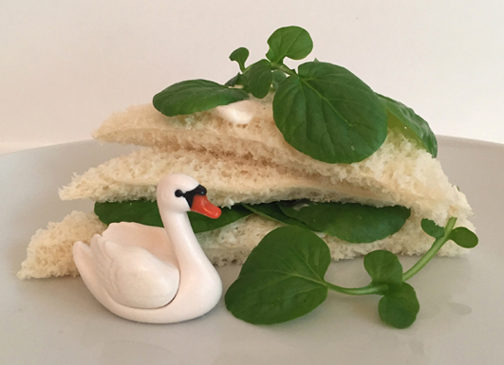
My son is bird-obsessed these days, so I presented him with E.B. White’s classic, The Trumpet of the Swan. He loved it and I was soon fielding questions about swans, trumpets, and what watercress sandwiches taste like. I’m not a swan or a trumpet expert, but watercress sandwiches? That I can do!
A quick Google search reveled 559,000 recipe results. In the end, I went with the simplest one: white bread, mayonnaise (or in our food allergic house, Vegenaise), and fresh watercress. I did have a little trouble locating the watercress, but finally found success in the produce section of Whole Foods.
And what did my son think of the sandwiches? Here’s his full report…
To be honest, it did not have much of taste, sort of like spinach. But it did have a bit of spicy aftertaste. Which was not much compared to the mustard cabbage I once tried. That was a dark day. I am obsessed with waterfowl (scientific name Anseriformes). And in one part of the book, the swan eats some watercress sandwiches, and it is said in the book that all the swan really wanted was the watercress. I guessed that waterfowl eat watercress, and other stuff that grows underwater. So we tried it to see what it tastes like. So overall, it wasn’t bad or anything. Just a little bit tasteless. Maybe next time I’ll try bird seed.
Yes, I was a bit surprised. Watercress is a tad spicy. Not unlike arugula. However, the spice added a nice kick to counter the creamy mayo. Nom nom nom. Watercress is also a gorgeous green. I couldn’t resist garnishing Fred Marcellino’s illustration of Louis being presented the bill for twelve watercress sandwiches, Ritz Carlton Hotel, Boston (Harper Collins, 2000 paperback reissue).
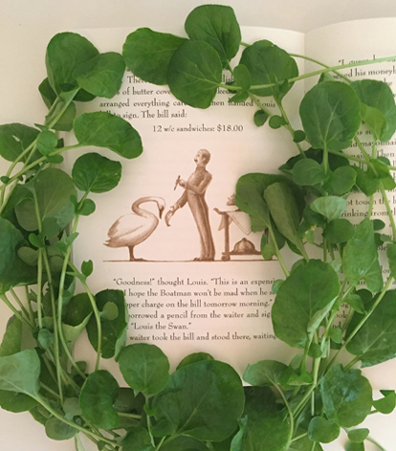
If you are looking for a few more recipes, yummies, and challenges heading into the holiday season, you might want to try some rock cakes, say hello with this chocolate pen, or take our literary food quiz!

